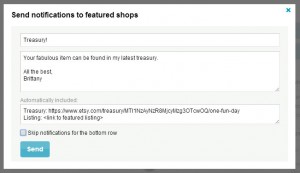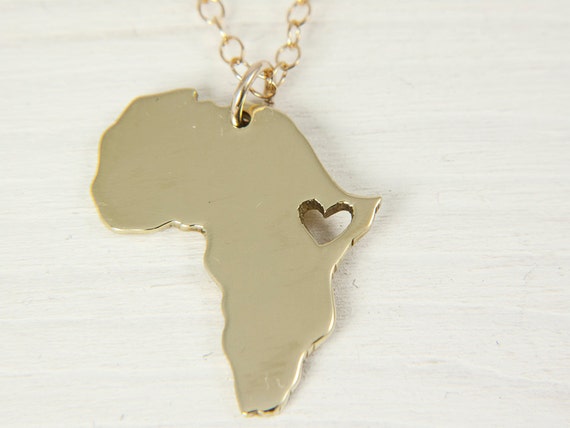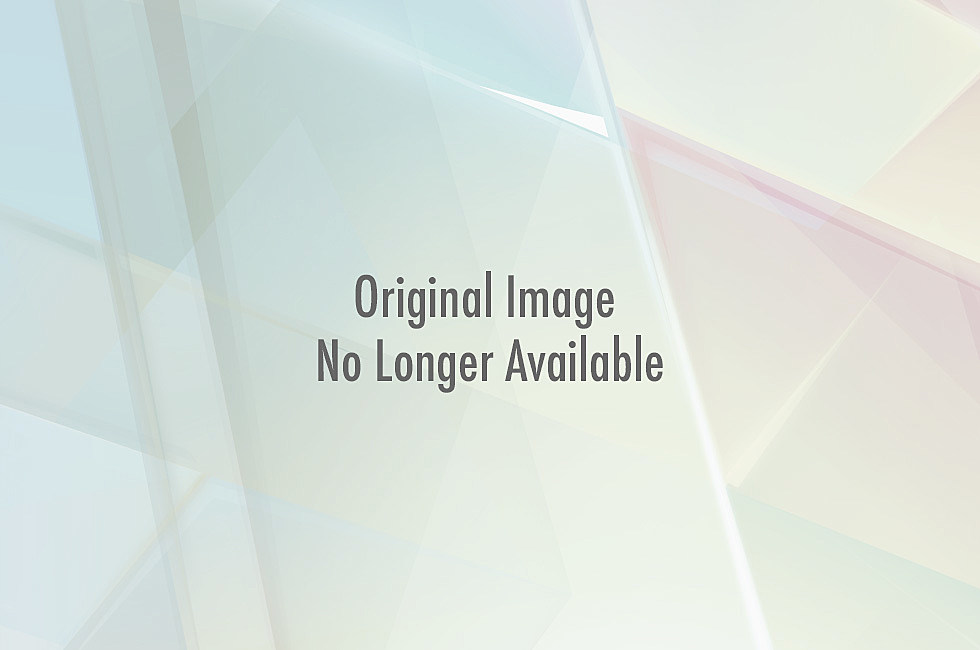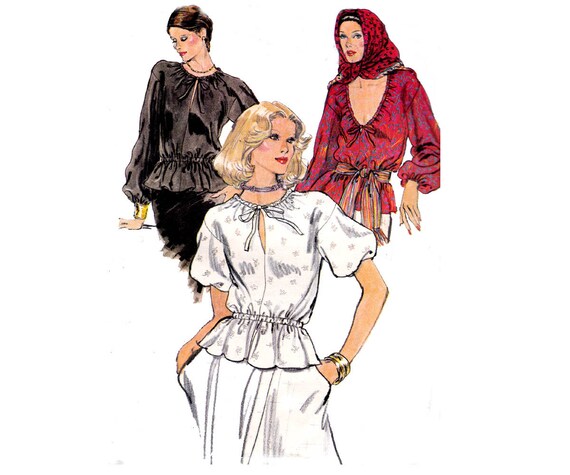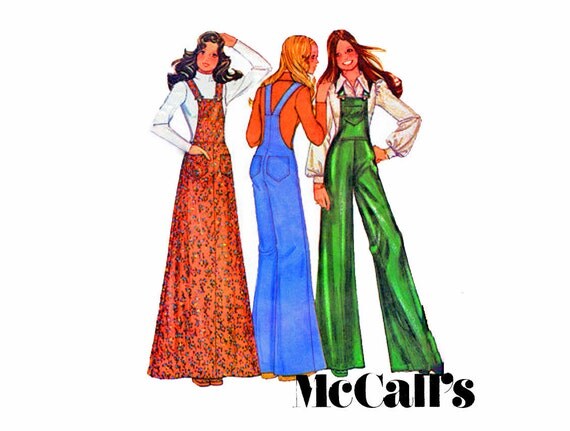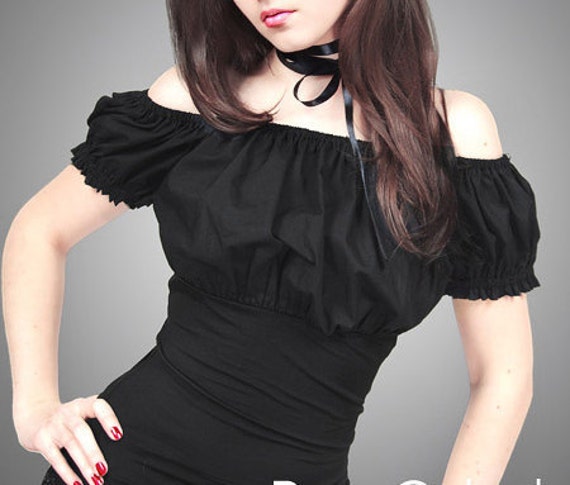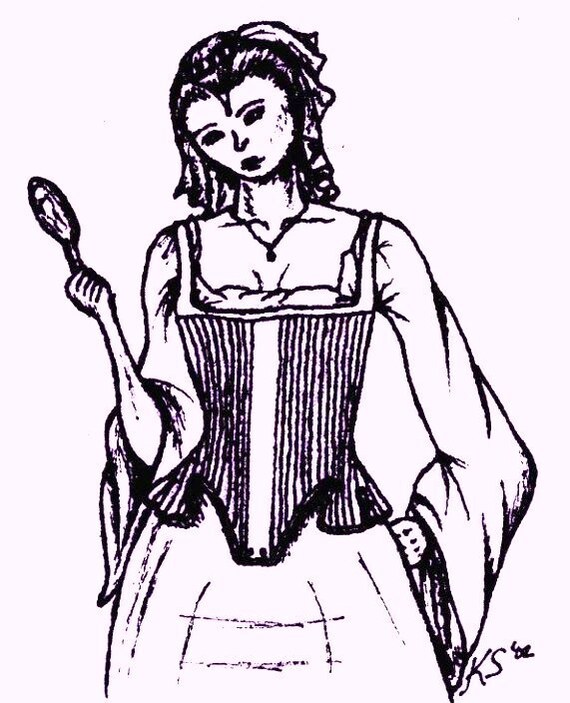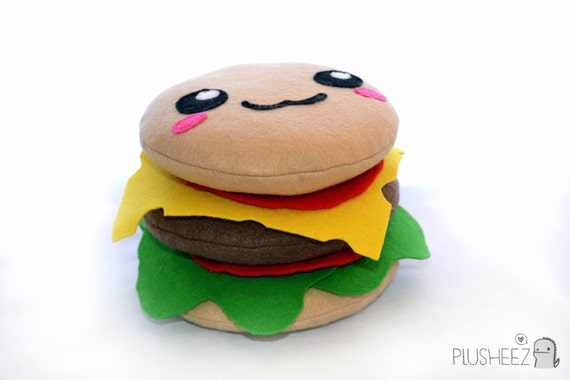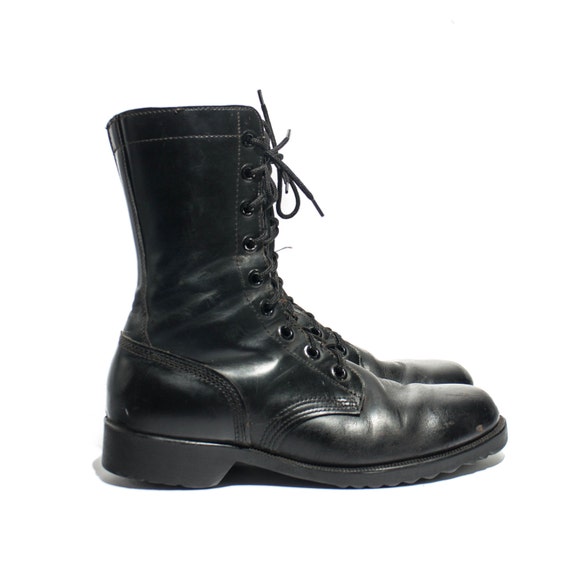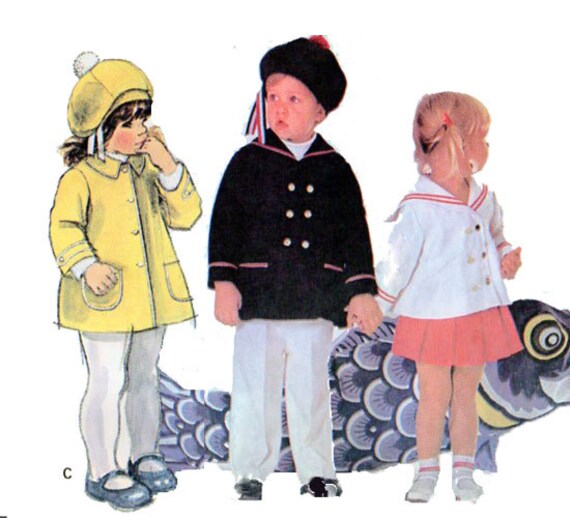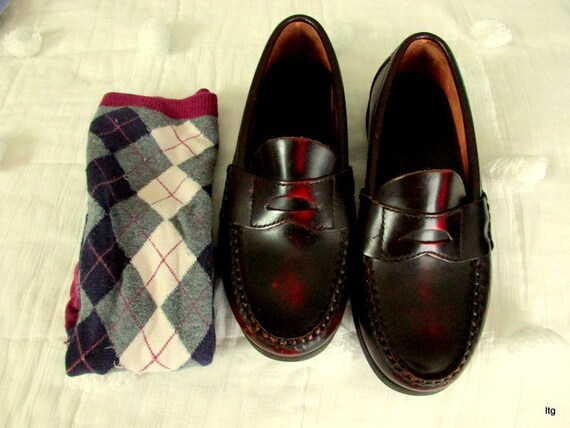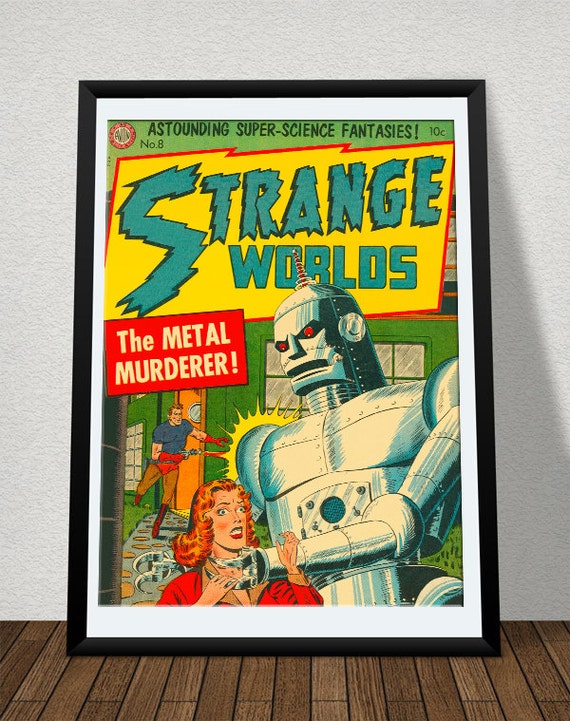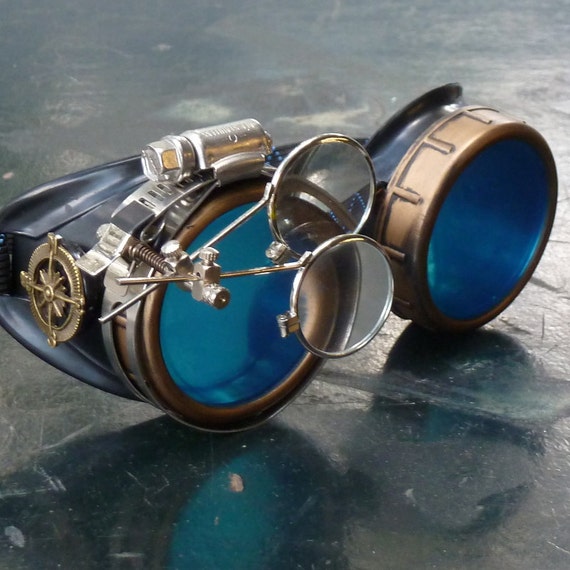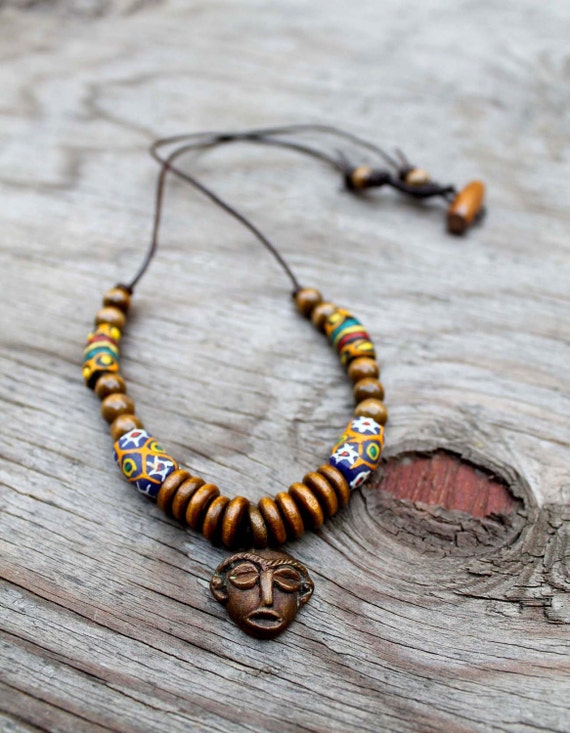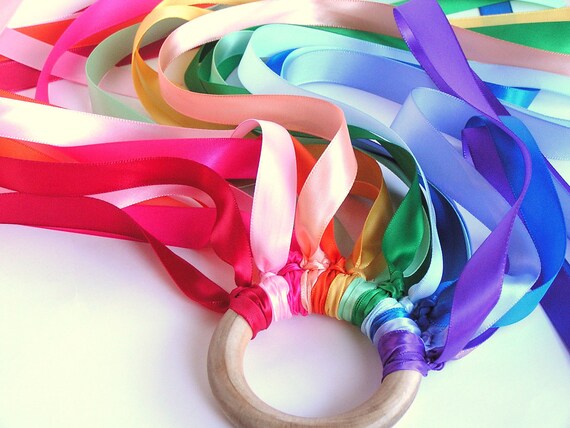Glossary of Style Terms
Ever wrack your brain for the correct descriptive word for a style element? Well, here's a pretty good list of terms to use in your listings. Tags, titles, and descriptions all count!
A
A-line
gown -
Form fitting bodices that flare out from the waistline to a full skirt. These
gowns have a seamless waist.
A-line
skirt/fit and flare skirt - A
skirt that is fitted at the waist and flares out in an A-line or tulip shape at
the hem.
B
back
drape - A
length of material attached either at the shoulder or the waist that flows over
the back to floor length. In some cases it is removable.
back
yoke - A
fitted or shaped piece at the top of a skirt or at the shoulder of various
garments.
ball
gown -
Characterized by a very full skirt that begins at the waist and continues to a
formal length. The skirt waist is seamed and can be of various styles.
ballerina
neckline -
This is a low neckline that usually occurs with strapless or spaghetti strapped
dresses.
bandeau/tube
top - A
band-shaped covering for the breasts.
Basque
waist/V-waist -
This dropped waist starts at or just below the natural waistline, and dips in
the center creating a "V" shape.
bateau
neck/boat neck - A
high, wide, straight neckline that runs straight across the front and back,
meeting at the shoulders; the same depth in the front and back.
besom
pockets - A
pocket sewn inside the garment with access through a welted slit-type opening.
bias
cut -
Cut diagonally across the grain of a fabric. Used to create garments that
follow the body curves closely.
bike
tards - A
close-fitting, one-piece garment from the top of the torso to the hem of the
shorts.
blazer - A long-sleeved sports jacket with
lapels.
bolero
jacket - A
loose, waist-length jacket open at the front.
boot-cut - Cut below the belly button and
slightly flares from the knee to the ankle.
box-pleated - Two folds of fabric brought together
to form a pleat.
boy-leg - Shorts, undergarments, or swimwear
that has a close fitting leg that reaches half way down the thigh.
broomstick - A skirt or dress that is
characterized by numerous pleats and crinkled material.
C
camisole - A short, sleeveless garment for
women.
camp
pockets -
Pockets that are sewn to the outside of the garment, usually squared off and
characterized by seaming.
cap
sleeve - A
small, short sleeve which sits on the shoulder, either forming a stiff cap or
falling on to the arm to provide minimal coverage.
capri
pants -
Fairly straight-cut pants, tapered to the mid-calf.
cardigan
jacket - A
usually collarless sweater or jacket that opens the full length of the center
front.
cargo - Characterized by sporting a large
pocket usually with a flap and a pleat.
carpenter
pants/shorts -
Five-pocket pants characterized by a "hammer holder," a stretch of
material connecting the outside seam to the back pocket.
cathedral
train -
(Also known as a monarch train); a cascading train extending six to eight feet
behind the gown, for the most formal weddings.
chapel
train -
The most popular of all train lengths, it flows from three to four feet behind
the gown.
chemise/skimmer - Simply a straight unbelted dress with
varying sleeves and length.
column
skirt/straight skirt -
Also referred to as a pencil skirt, this skirt is a straight line with no flare
or fullness at the hem or waistline.
concealed
snap/velcro/button placket - A
slit in a garment where closures are hidden.
convertible
collar - A
rolled collar that can be worn open or closed. Sewn directly to the neckline.
corset
top/boned bodice - A
form-fitting, usually strapless bodice with boning and either laces or snap
closures, styled in the fashion of the ladies undergarment of the same name.
cowl
neck - A
neckline featuring a piece of material attached to a garment at the neck, which
may be used as a hood or draped loosely in a swag from shoulder to shoulder at
the front neckline or back.
crew
neck - A
round neck with ribbed banding that fits close to the base of the neck.
crinoline - Petticoats stiffened with horse-hair
to enable the bell-like skirts of the early nineteenth century, that was
eventually replaced with the bustle.
cropped
top/jacket -
Hem is cut just above the waist.
D
diamond
neck - A
diamond-shaped cutout that fastens at the front or back neckline.
dolman
sleeve -
Cut as an extension of the bodice, the dolman sleeve is designed without a
socket for the shoulder, creating a deep, wide armhole that reaches from the
waist to a narrowed wrist. Also called a batwing sleeve.
double-breasted - Having one-half of the front lapped
over the other, and usually has a double row of buttons and a single row of
buttonholes.
double-tee
top - A
layered look with one T-shirt over another.
draped
bodice -
An extra piece of material is draped over the bustline.
dropped
waist/low waist - A
waistline that is sewn below the body's natural waistline.
dropped
shoulders -
Characterized by the shoulder/sleeve seam falling off the shoulder.
E
empire
bodice- A bodice that ends just below the bust, sometimes low-cut and
gathered.
empire
seams - A
seam that is sewn directly below the bustline.
empire
waist -
This waistline begins just below the bust.
F
fishtail
train -
Fitted around the hips and flares out from the knee to the hemline.
fitted
point sleeve - A
long, narrow sleeve that tapers to a point which rests against the back of the
hand.
flat-front
pants -
Straight pants, often seamless and pocketless.
form-fitting/slim-fit - Straight from waist to ankle except
for a slight curve around the hip.
frog
closure -
Chinese closing of decorative cording or braid. A soft ball of cording or a
button is used to complete the closure.
G
gauntlets -Dress gloves extending above the
wrist.
gaucho - Wide-legged pants or divided skirt
reaching mid-calf and worn with boots.
H
halter
top - A
sleeveless bodice with a high choke or wrap neck that may be backless.
hankerchief
style -
The hem of a blouse or skirt that is gently jagged to form flowing points.
hip
pockets -
Pockets which are sewn on the front of the garment at hip height.
Hollywood
waistband -
Characterized by a full elasticized back and a side zipper/button closure.
hook
& eye closure - A
2-part fastening device (as on a garment or a door) consisting of a metal hook
that catches over a bar or into a loop.
I
illusion
bodice - A
bodice made of sheer material giving the illusion of no bodice.
illusion
sleeve - A
sleeve made of sheer material giving the illusion of no sleeve.
intermission
length/Hi-Lo -
An intermission-length gown features a hem falling between the knees and ankle;
the Hi-Lo variation is a gown of intermission length on the front and floor
length or longer in the back.
J
jewel
neck - A
high round neckline resting simply at the base of the neck.
K
kangaroo
pocket - A
pocket formed by sewing a piece of cloth over the garment leaving two open
ends.
keyhole
neck - A
tear shaped or round cutout that fastens at the front or back neckline.
kimono - A long robe with wide sleeves
traditionally worn with a broad sash.
L
leg-of-mutton
sleeve -
(Also known as a gigot sleeve) a loose, full sleeve, rounded from the shoulder
to just below the elbow, then shaped to the arm, often ending in a point at the
wrist.
M
maillot - A woman's one-piece bathing suit.
mandarin
collar - A
short, stand-up collar, adopted from the close-fitting Asian collar.
mermaid - This skirt hugs the body until it
reaches the knees or just below and then ends in a dramatic flare.
N
natural
waist - A
seam or waistband that secures or falls at the natural curve of the body, which
is the indentation between the hips and the ribcage.
notched
collar - A
two-piece collar that can be only worn open.
O
off-the-shoulder
neck - A
neckline that lies gently hovering across the top of the bustline with the
shoulders uncovered or able to be seen through the sheer yoke of net or organza
attached to a high collar.
overskirt - A skirt worn over another skirt.
P
peasant
top -
Romantic style often characterized with a low neckline, ruffles, or free
flowing material.
peek-a-boo - Any part of the garment which has
been cut out to reveal skin.
petticoat - An underskirt usually a little
shorter than outer clothing and often made with a ruffled, pleated, or lace
edge.
pieced - A look created by sewing several
pieces of material together to form the garment, much like a quilt.
pinafore - Originally used to protect dresses
from dirt, it was adopted as a fashion piece and worn as a sleeveless dress or
over a blouse.
placket - The piece of cloth that reinforces a
split or opening in a garment; that usually also serves as the closure.
point
collar - A
collar with ties used to attach women's sleeves to their gowns.
princess
seams -
Seams that can be found in the front or the back of a garment that create a
form-fitting shape.
puckered
bodice -
Usually associated with tube tops, it provides a scrunchy look.
puff
sleeve/pouf sleeve - A
full sleeve of varying lengths, created by generous gathering around the
armhole.
push-up
jeans -
Spandex in the jeans helps to lift and shape your rear.
R
romper - A one-piece garment with the lower
part shaped like bloomers.
S
sarong
skirt -
Long cloth which is wrapped around the entire body.
scoop
neck/round neck - A
low, U-shaped or round neckline.
shawl
collar - A
one-piece collar which is turned down to form a continuous line around the back
of the neck to the front.
sheaths - Usually have straight or close
fitting skirts, accompanied by a form fitting bodice. The skirt is often ankle
length and sometimes has a slit in either the front, side, or back to make
walking easier.
shelf
bra - A
bra that is built right into the garment.
shirred
waist - A
decorative gathering (as of cloth) made by drawing up the material along two or
more parallel lines of stitching.
shrug - A woman's small, waist-length or
shorter jacket.
skant - Pants that have a sweater-like
attachment around the waist.
skort - Shorts that have a front covering to
resemble a skirt.
spaghetti
strap - A
thin tubular strap that attaches to the bodice, named for its likeness to a
strand of spaghetti.
split
neck - A
round neckline that looks like it has been cut in the center to form a small
"V".
square
neck -
An open-yoke neckline shaped in the form of a half square.
straight
legs -
Pant legs are cut an equal width from waist to ankle.
sweep
train -
The shortest train, barely sweeping the floor.
sweetheart
neck - A
graceful, open yoke, shaped like the top half of a heart.
T
tank
top - A
short, sleeveless top with wide armholes.
tankini - A two piece bathing suit with the
upper portion resembling a tank top.
tapered
legs -
Pant legs become progressively narrower toward the ankle.
tea
length - A
gown hemmed to end at the shin.
tear-away
shorts -
Features versatile side snaps that allow you to remove a top layer fast.
tie-cinched
waist -
The waist is pulled tight around the body with a tie.
trapeze
top -
Tank top style with flared bottom.
tulle
skirt/bouffant gown - A
sheer, puffed-out skirt often made of stiffened silk, rayon, or nylon net.
tunic
style - A
simple slip-on garment made with or without sleeves and usually knee-length or
longer, belted at the waist, and worn as an under or outer garment.
turtle
neck - A
high, close-fitting, turnover collar used especially for sweaters.
U
unitards - A close-fitting, one-piece garment
for the torso, legs, and feet, and often for the arms.
V
V-neck/V-back - An open yoke coming to a
"V" shape midway down the bodice.
variegated - Having streaks, marks, or patches of
different colors; distinguished or characterized by a variety of different
colors.
W
wedding-band
collar - A
collar featuring a yoke that is either open or of sheer net with an ornate band
fitting snugly on the neck, creating a choker effect.
wide
legs -
Pants or jeans that are cut extra full through the legs.
wing
collar - A
collar with projections which cover shoulder seams of bodices and doublets.
wrap
top/surplice top - A
bodice created by the cross-wrapping of fabric; may be in front or back, and
associated with a high or low neckline.









